
What Is an Alternating Pressure Mattress? Guide for 2025

Alternating pressure mattresses have redefined patient care in hospitals and homes, bringing a new level of support for those who spend long hours in bed. Here is a stat that flips expectations. Patients using these mattresses experience significantly lower rates of pressure injuries compared to those on traditional beds. Now here is the part most people miss. The real advantage is not just comfort or fancy technology. It is how these mattresses quietly transform both patient outcomes and the daily lives of caregivers.
Click Here to View Our Top Alternating Pressure and Low Air Loss Mattresses - Save 10%
Table of Contents
- How Alternating Pressure Mattresses Work
- Benefits For Patients And Caregivers
- Choosing The Right Mattress For Your Needs
- Alternating Pressure Mattress Care And Maintenance
Quick Summary
| Takeaway | Explanation |
|---|---|
| Dynamic Pressure Redistribution | Alternating pressure mattresses use a system of interconnected air cells that inflate and deflate to minimize sustained pressure on any single body area, crucial for preventing pressure ulcers in patients with limited mobility. |
| Individualized Selection | Choosing the right mattress requires assessing individual patient requirements, including mobility level, medical conditions, and personal comfort preferences to ensure optimal support and healing. |
| Regular Maintenance is Essential | Proper care includes regular inspections for air leaks and wear, gentle cleaning, and storing in a climate-controlled environment to prolong the mattress’s lifespan and maintain its therapeutic effectiveness. |
How Alternating Pressure Mattresses Work
Alternating pressure mattresses represent a sophisticated medical solution designed to address critical patient care challenges related to pressure ulcer prevention and management. These advanced medical devices utilize a complex system of interconnected air cells that work dynamically to provide continuous pressure redistribution and enhance patient comfort.
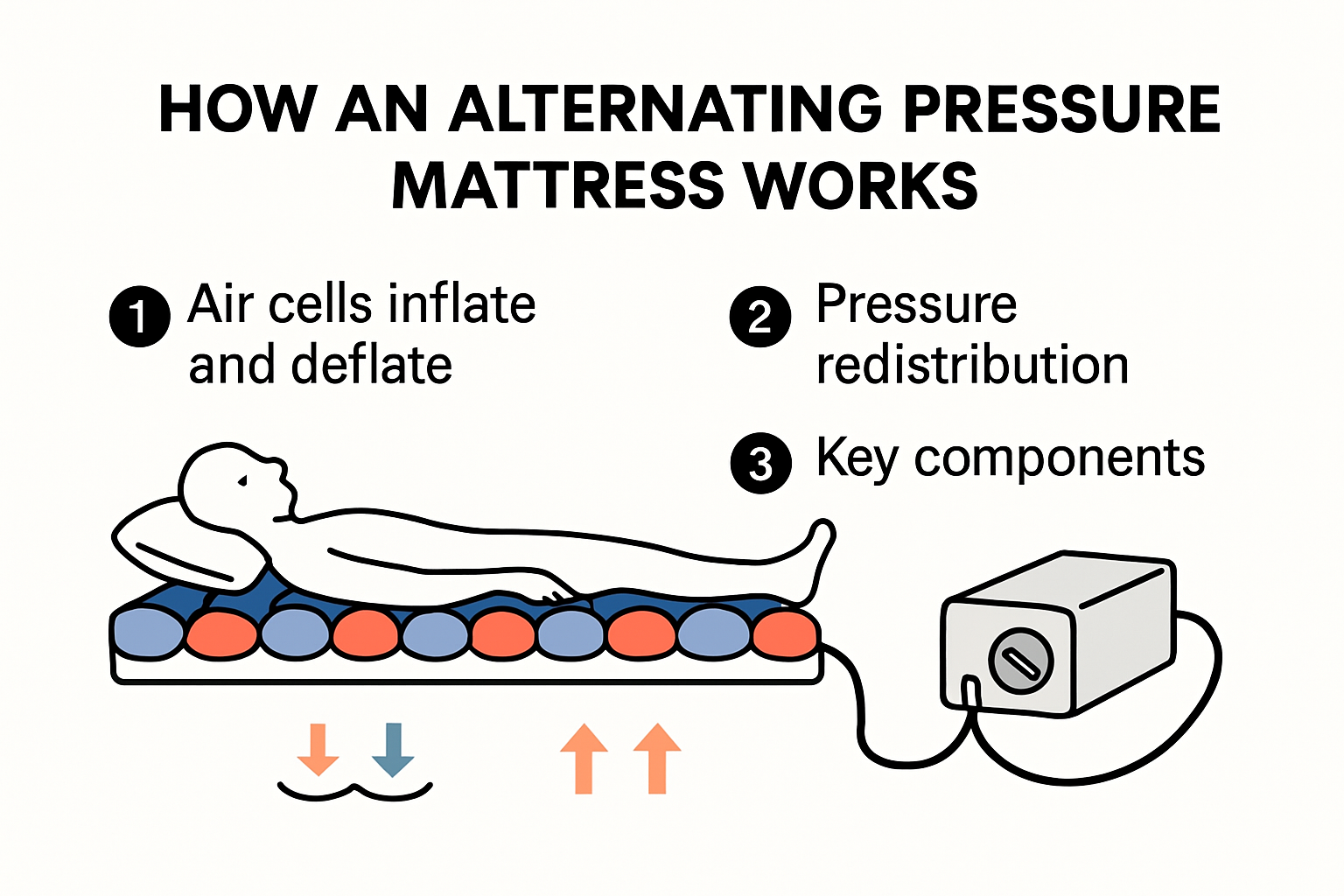
The Mechanics of Pressure Redistribution
At the core of alternating pressure mattresses is a precisely engineered mechanism that cyclically inflates and deflates different air cells within the mattress. According to medical research from the National Institutes of Health, these mattresses are specifically designed to prevent sustained pressure on any single body area, which can lead to pressure ulcers or bedsores.
The control unit manages this intricate process by systematically changing the air pressure in different cells. When one section of the mattress is inflated, the adjacent cells deflate, creating a continuous movement that mimics the natural body shifts a person would make while changing positions. This automated movement ensures that no single area of the body experiences prolonged pressure, which is crucial for patients with limited mobility.
Advanced Air Cell Technology
Research from Cornell University’s medical engineering department reveals that these mattresses typically contain multiple air cells arranged in strategic patterns. Each cell is connected to a sophisticated control mechanism that precisely manages inflation and deflation cycles. The air cells are constructed from durable, medical-grade materials that can withstand continuous use while maintaining consistent performance.
The typical alternating pressure mattress includes anywhere from 20 to 40 individual air cells, each working in a synchronized pattern. When the system activates, these cells create a wave-like motion that gently moves the patient, promoting blood circulation and reducing the risk of pressure-related complications. This dynamic surface adapts to the patient’s body contours, providing personalized pressure distribution that static mattresses cannot achieve.
Therapeutic Benefits and Patient Comfort
Nursing science research demonstrates that the continuous movement provided by these mattresses offers multiple therapeutic advantages. Beyond preventing pressure ulcers, the mattress helps stimulate blood circulation, reduce inflammation, and provide remarkable comfort for patients who spend extended periods in bed.
Patients with conditions such as limited mobility, diabetes, neurological disorders, or those recovering from surgery can significantly benefit from this innovative technology. The mattress essentially creates a dynamic healing environment that supports the body’s natural recovery processes while minimizing the risk of secondary medical complications associated with prolonged bed rest.
By transforming the traditional concept of a hospital mattress into an active medical device, alternating pressure mattresses represent a critical advancement in patient care technology. They demonstrate how sophisticated engineering can directly contribute to improved patient outcomes and enhanced medical treatment strategies.
Benefits for Patients and Caregivers
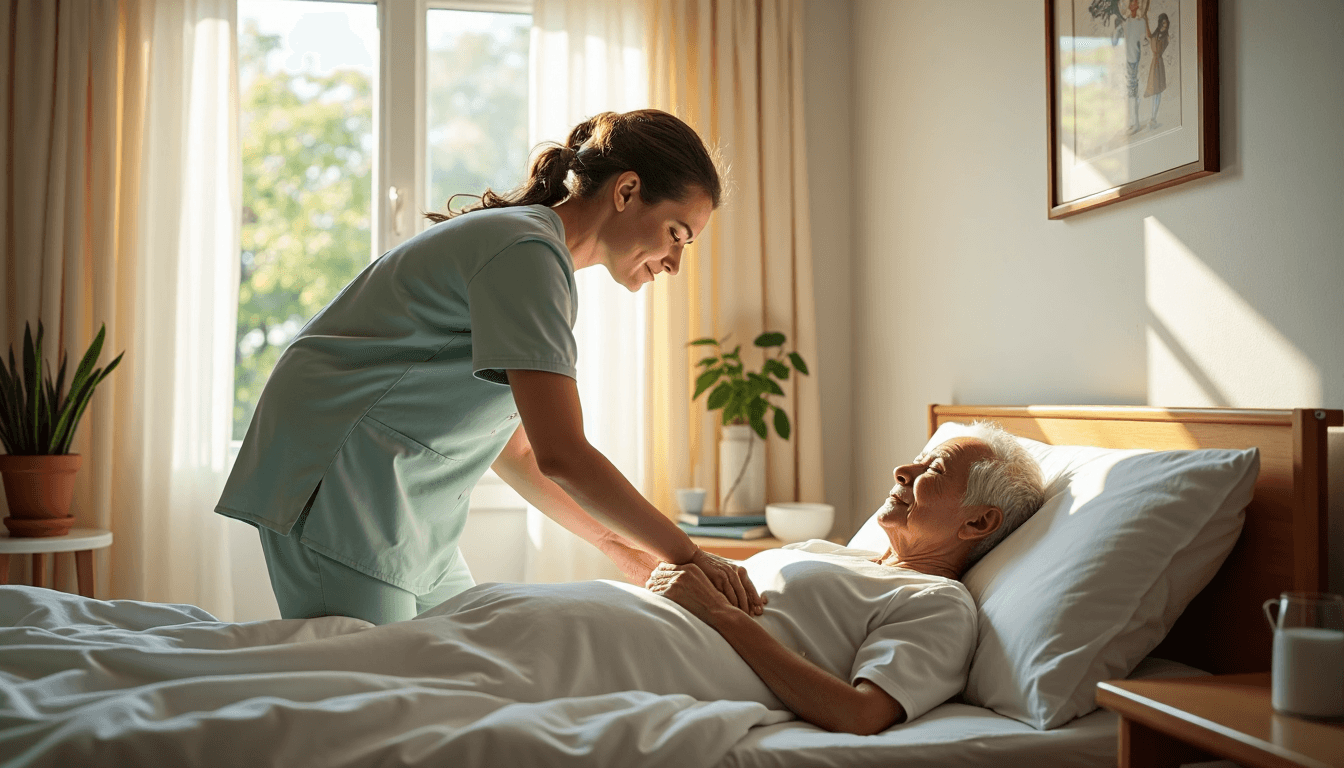
Alternating pressure mattresses provide transformative advantages that extend far beyond traditional medical support systems, offering comprehensive benefits for both patients and their caregivers. These innovative medical devices represent a significant advancement in patient care technology, addressing critical health challenges while simplifying medical management.
To help summarize the key benefits discussed for both patients and caregivers, this table outlines the major advantages of alternating pressure mattresses as highlighted in the article:
| Benefit Category | Advantage Description |
|---|---|
| Pressure Injury Prevention | Significantly lowers risk of pressure ulcers and bedsores for immobilized or at-risk patients |
| Enhanced Comfort | Dynamic support adapts to body contours to improve patient comfort during extended bed rest |
| Improved Circulation | Continuous movement promotes blood flow and reduces inflammation |
| Faster Recovery | Reduces muscle stiffness, supports natural healing, and encourages quicker patient recovery |
| Reduced Caregiver Physical Strain | Minimizes frequent manual patient repositioning, reducing caregiver workload and risk of injury |
| Greater Care Efficiency | Allows caregivers to focus on comprehensive care rather than constant repositioning |
| Peace of Mind | Automated pressure redistribution ensures consistent, reliable support for both patients and caregivers |
Preventing Serious Medical Complications
Research from the National Pressure Injury Advisory Panel demonstrates that alternating pressure mattresses play a crucial role in preventing serious medical complications. For patients with limited mobility, the risk of developing pressure ulcers can be dramatically reduced through continuous pressure redistribution.
Statistical evidence reveals that patients using alternating pressure mattresses experience significantly lower rates of pressure injuries compared to those on standard mattresses. These medical devices create a dynamic support system that automatically shifts body weight, preventing sustained pressure on any single area. This mechanism is particularly critical for patients who cannot independently reposition themselves, such as those with neurological disorders, chronic illnesses, or recovering from surgical procedures.
Enhanced Patient Comfort and Recovery
A systematic review published in medical research journals indicates that alternating pressure mattresses provide substantial improvements in patient comfort and recovery processes. The continuous movement and personalized pressure distribution help stimulate blood circulation, reduce inflammation, and create an environment conducive to healing.
Patients experiencing extended bed rest benefit from multiple physiological advantages. The mattress’s dynamic surface adapts to individual body contours, providing customized support that traditional mattresses cannot achieve. This personalized approach helps mitigate pain, reduce muscle stiffness, and promote faster recovery by minimizing tissue stress and supporting natural healing mechanisms.
Caregiver Support and Efficiency
Beyond patient benefits, alternating pressure mattresses significantly reduce the physical and emotional burden on caregivers. Healthcare ergonomics research highlights that these mattresses minimize the frequency of manual patient repositioning, a task that is physically demanding and time-consuming for healthcare professionals and family caregivers.
The automated pressure redistribution system allows caregivers to focus more on comprehensive patient care rather than continuously adjusting patient positioning. This technological innovation reduces physical strain, decreases the risk of caregiver injuries, and provides peace of mind knowing that the patient receives consistent, high-quality support. By integrating advanced medical technology with practical caregiving needs, alternating pressure mattresses represent a holistic approach to patient care that benefits both the individual receiving care and those providing it.
These mattresses exemplify how medical technology can transform patient care experiences, offering a sophisticated solution that addresses complex healthcare challenges with innovation, compassion, and efficiency.
Choosing the Right Mattress for Your Needs
Selecting the appropriate alternating pressure mattress requires careful consideration of individual medical needs, patient conditions, and specific healthcare requirements. Understanding the nuanced factors that influence mattress selection can help patients and caregivers make informed decisions that optimize comfort, prevention, and recovery.
To help clarify the comparison between alternating pressure mattresses and other mattress technologies as described in the article, refer to the table below:
| Feature | Alternating Pressure Mattress | High-Specification Foam Mattress |
|---|---|---|
| Pressure Redistribution | Dynamic, cyclical inflation/deflation | Static, relies on material properties |
| Patient Repositioning | Simulates natural body movement automatically | Does not simulate movement |
| Material Quality | Medical-grade air cells with control unit | High-resilience medical foam |
| Comfort Personalization | Adapts to body contours, customizable | Some contour adaptation, less dynamic |
| Technology Complexity | Advanced, requires control system maintenance | Simpler, generally low maintenance |
| Suitable Patients | High risk, limited mobility, ulcer prevention | Medium risk, some mobility, prevention focus |
| Integration with Equipment | May require compatibility checks for equipment | Generally compatible |
Assessing Individual Patient Requirements
Research from the National Center for Biotechnology Information highlights that alternating pressure mattresses are not a one-size-fits-all solution. Different patients have unique medical profiles that demand tailored support systems. Key factors to evaluate include the patient’s mobility level, existing medical conditions, risk of pressure ulcers, and overall treatment goals.
Patients with limited mobility, chronic illnesses, neurological disorders, or those recovering from surgical procedures may require more advanced pressure redistribution technologies. Factors such as body weight, skin sensitivity, and potential complications must be carefully assessed. Some patients might benefit from additional features like temperature regulation, moisture management, or specific firmness levels that complement their medical needs.
Comparing Mattress Technologies
A systematic medical review reveals that the differences between alternating pressure and constant low-pressure mattresses are not always clear-cut. While alternating pressure mattresses offer dynamic support, high-specification foam mattresses can also provide effective pressure management for some patients.
When evaluating mattress options, consider these critical aspects:
- Pressure Redistribution Capability: Assess how effectively the mattress can redistribute body weight
- Patient Repositioning Mechanism: Understand the mattress’s ability to simulate natural body movements
- Material Quality: Examine the durability and medical-grade standards of mattress construction
- Compatibility with Medical Equipment: Ensure the mattress integrates seamlessly with other healthcare devices
Clinical Guidance for Mattress Selection
Healthcare experts from the Agency for Clinical Innovation recommend a comprehensive approach to mattress selection. Dynamic support surfaces like alternating pressure mattresses should be considered under specific circumstances:
- When patients cannot be repositioned without applying pressure to existing injuries
- If current support surfaces are ineffective or “bottom out”
- When there is limited evidence of healing using standard mattress technologies
Consult with healthcare professionals who can provide personalized recommendations based on a thorough assessment of the patient’s medical history, current condition, and potential future care requirements. Medical professionals can offer insights into the most appropriate mattress technology that balances clinical effectiveness, patient comfort, and long-term health outcomes.
Ultimately, choosing the right alternating pressure mattress is a nuanced decision that requires careful consideration of medical, physiological, and personal factors. By taking a comprehensive and informed approach, patients and caregivers can select a mattress that provides optimal support, promotes healing, and enhances overall quality of life.
Alternating Pressure Mattress Care and Maintenance
Proper care and maintenance of alternating pressure mattresses are crucial to ensuring their longevity, performance, and patient safety. These sophisticated medical devices require specialized attention to maintain their complex air cell systems and continue providing optimal therapeutic support.
To better organize the maintenance and care steps mentioned in the article, the table below summarizes routine inspection and maintenance tasks, recommended frequency, and key notes:
| Maintenance Task | Recommended Frequency | Key Notes/Considerations |
|---|---|---|
| Inspect air cells for leaks | Regularly (e.g., weekly) | Look for punctures, tears, or degradation |
| Test control unit | Regularly (per use/setup) | Ensure smooth cycling and check electronic functionality |
| Check surface condition | Regularly | Watch for stress, discoloration, or abnormal wear |
| Clean surface (mild soap) | After spills/periodically | Avoid harsh chemicals; follow manufacturer guidelines |
| Store in climate control | When not in use | Keep away from sunlight, maintain consistent temperature |
| Annual technician check | Annually | Calibration, pressure testing, preventive replacement of parts |
| Document maintenance | Ongoing | Keep a log of inspections, cleanings, and noted issues |
Regular Inspection and Cleaning Protocols
Nursing science research emphasizes the importance of systematic maintenance for medical mattresses. Regular inspections should include comprehensive checks for potential air leaks, material wear, and structural integrity. Caregivers and healthcare professionals must develop a consistent maintenance routine that addresses both visual and functional aspects of the mattress.
Key inspection points include:
- Air Cell Integrity: Carefully examine each air cell for punctures, tears, or signs of degradation
- Control Unit Functionality: Test electronic components and ensure smooth pressure cycling
- Surface Condition: Check for any signs of material stress, discoloration, or abnormal wear
Cleaning requires a delicate approach. Medical supply guidelines recommend using mild soap and warm water for surface cleaning. Avoid harsh chemicals that might compromise the mattress material or damage its intricate air cell structure. Always follow manufacturer-specific cleaning instructions to prevent potential damage.
Storage and Environmental Considerations
Healthcare equipment preservation experts highlight the critical role of proper storage in maintaining mattress quality. Store alternating pressure mattresses in a dry, climate-controlled environment to prevent mold, mildew, and material deterioration. Extreme temperatures and humidity can significantly impact the mattress’s performance and lifespan.
Additional storage recommendations include:
- Keep the mattress away from direct sunlight
- Maintain consistent room temperature
- Avoid storing near heating or cooling vents
- Use protective covers when not in active use
- Store in an upright position to prevent unnecessary pressure on air cells
Technical Maintenance and Professional Servicing
Beyond routine care, alternating pressure mattresses require periodic professional maintenance. Recommended practices include:
- Annual technical inspections by certified medical equipment technicians
- Calibration of electronic control units
- Comprehensive pressure distribution testing
- Replacement of worn components before they compromise system performance
Patients and caregivers should maintain detailed maintenance logs, documenting cleaning dates, inspections, and any observed issues. This documentation helps track the mattress’s condition and provides valuable information for healthcare professionals.
By implementing a proactive and systematic approach to mattress care, users can extend the device’s operational life, maintain its therapeutic effectiveness, and ensure patient safety. Remember that proper maintenance is not just about preserving equipment but about maintaining a critical medical support system that directly impacts patient comfort and health outcomes.
Frequently Asked Questions
What is an alternating pressure mattress?
An alternating pressure mattress is a specialized medical mattress designed to prevent pressure ulcers by dynamically redistributing pressure across the patient’s body using a system of interconnected air cells that inflate and deflate in a cyclical manner.
How does an alternating pressure mattress work?
The mattress utilizes a control unit to inflate and deflate various air cells, creating a wave-like motion that mimics natural body movement. This movement prevents sustained pressure on any single area, which is vital for patients with limited mobility.
Who can benefit from using an alternating pressure mattress?
Patients with limited mobility, diabetes, neurological disorders, or those recovering from surgery can significantly benefit from alternating pressure mattresses, as they help stimulate blood circulation and reduce the risk of pressure-related complications.
How do I maintain an alternating pressure mattress?
Regular maintenance includes inspecting air cells for leaks, testing the control unit, cleaning the surface with mild soap, and storing it in a climate-controlled environment. Annual professional inspections are also recommended to ensure optimal performance.
Ready for Real Relief? Discover Trusted Mattress Solutions
If you or your loved ones are worried about pressure injuries, restless nights or the daily stress of constant repositioning, you are not alone. As explained in our article, alternating pressure mattresses provide dynamic support, automatic pressure redistribution, and can change the life of both patients and caregivers. Yet, many people still struggle to find a mattress that is reliable and easy to purchase with confidence.
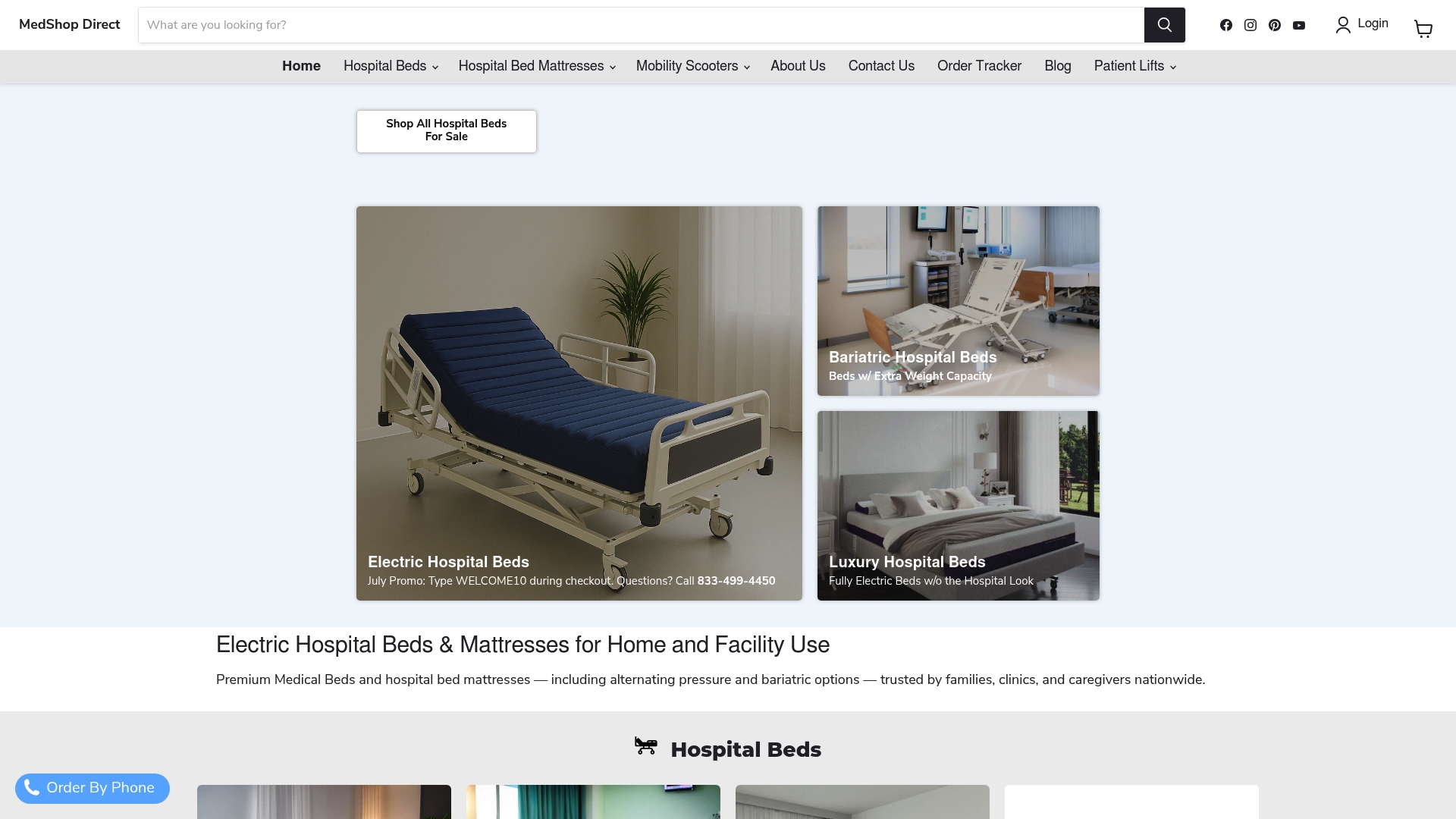
At MedShop Direct, you can shop for leading alternating pressure mattresses and other hospital-grade beds designed to ease pain, aid recovery, and protect against pressure ulcers. Your comfort and peace of mind come first. With real customer reviews and a seamless buying experience, we help you get what you need quickly. Ready to support better rest and a safer recovery? Visit MedShop Direct now to find the right mattress or explore our range of hospital beds and patient lifts for complete care.


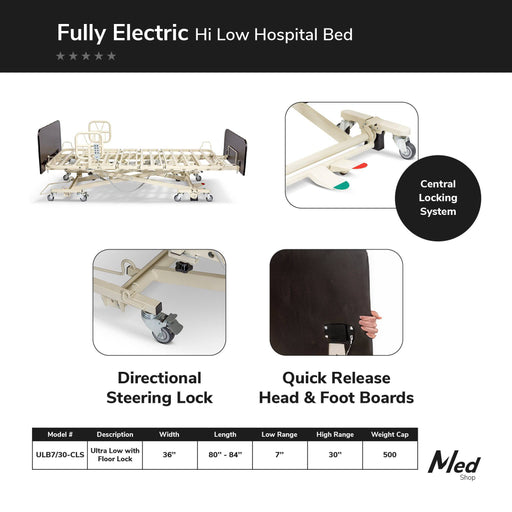
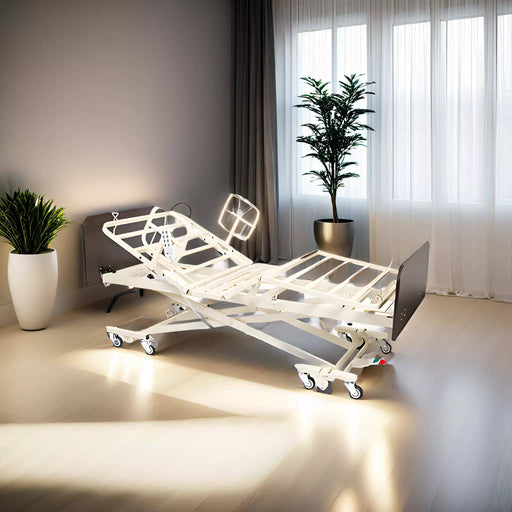
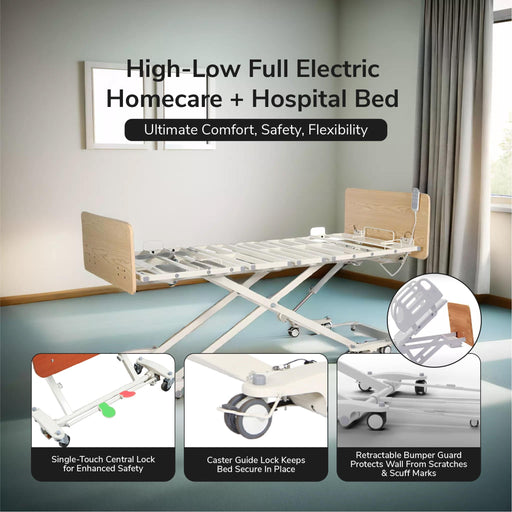
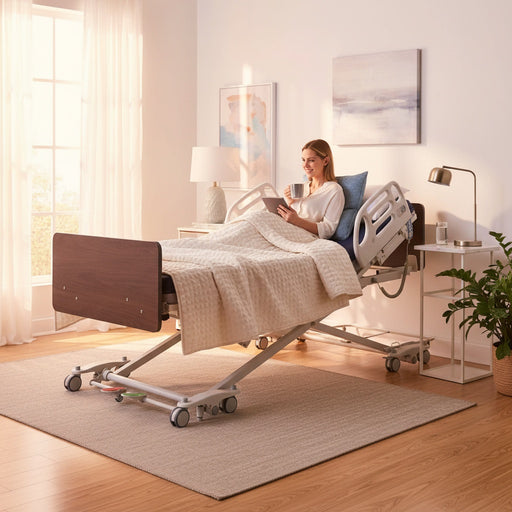


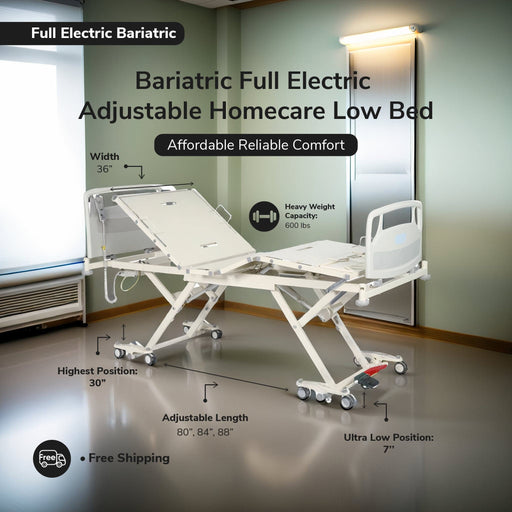
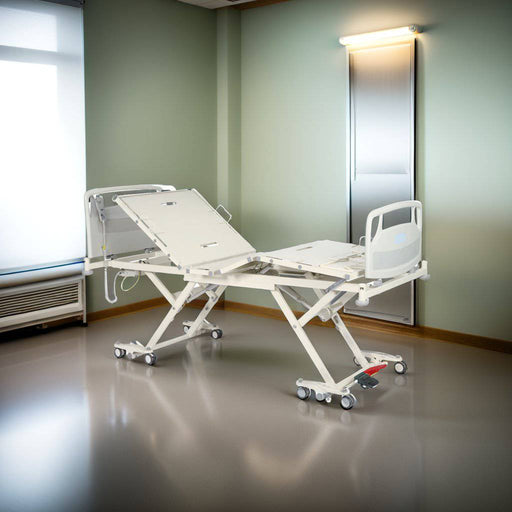
Leave a comment